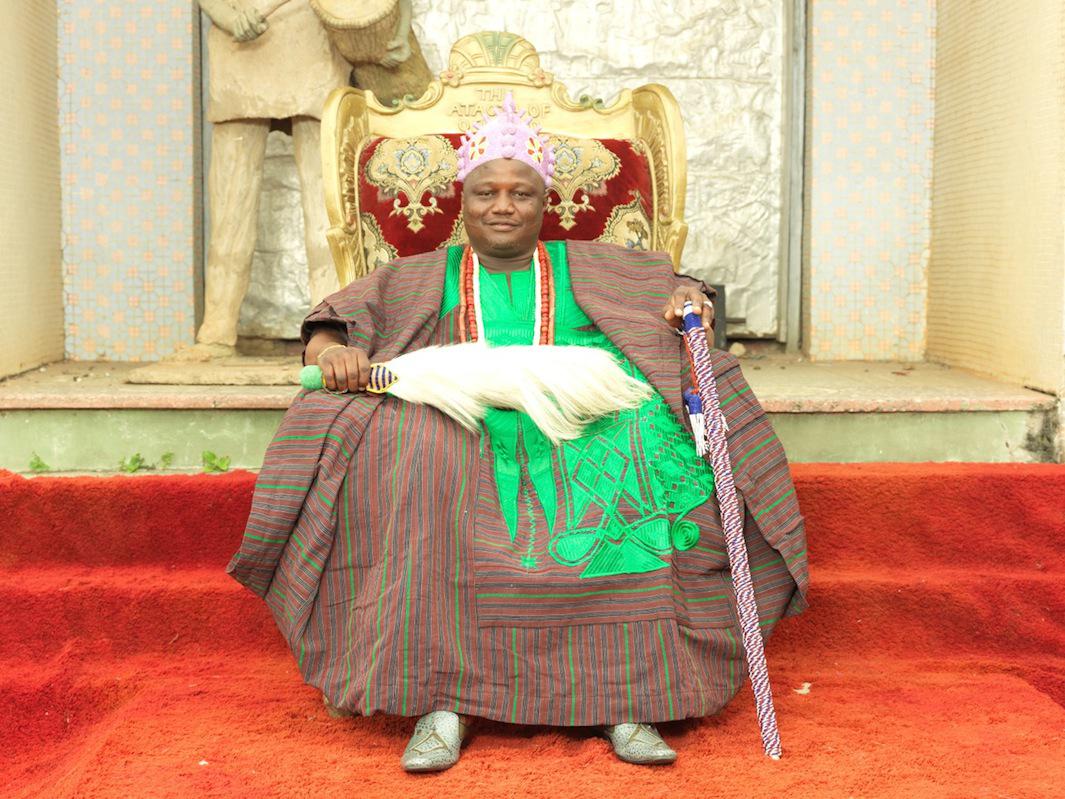Up until the 1960s, kings and queens controlled hundreds of ethnic groups in Nigeria. Today, the descendents of those rulers still play important roles as intermediaries between politicians and the people in their communities and as custodians of the cultural heritage.
An upcoming exhibit at the Newark Museum, “Royals and Regalia: Inside the Palaces of Nigeria’s Monarchs,” collects photos from George Osodi’s ongoing project, which has taken him into the palaces of more than 20 kings and queens all over the country. The project is intended to show off Nigeria’s history and cultural complexity, and to promote harmony in a country often torn apart by ethnic and religious conflict. Osodi is excited to show this work for the first time in the United States because he thinks the project has special relevance for Nigerians who’ve emigrated abroad and their children, who have never been to their homeland.
“I feel that it’s high time we as a country see this diversity as a point of unity in Nigeria rather than something that divides us,” he said.
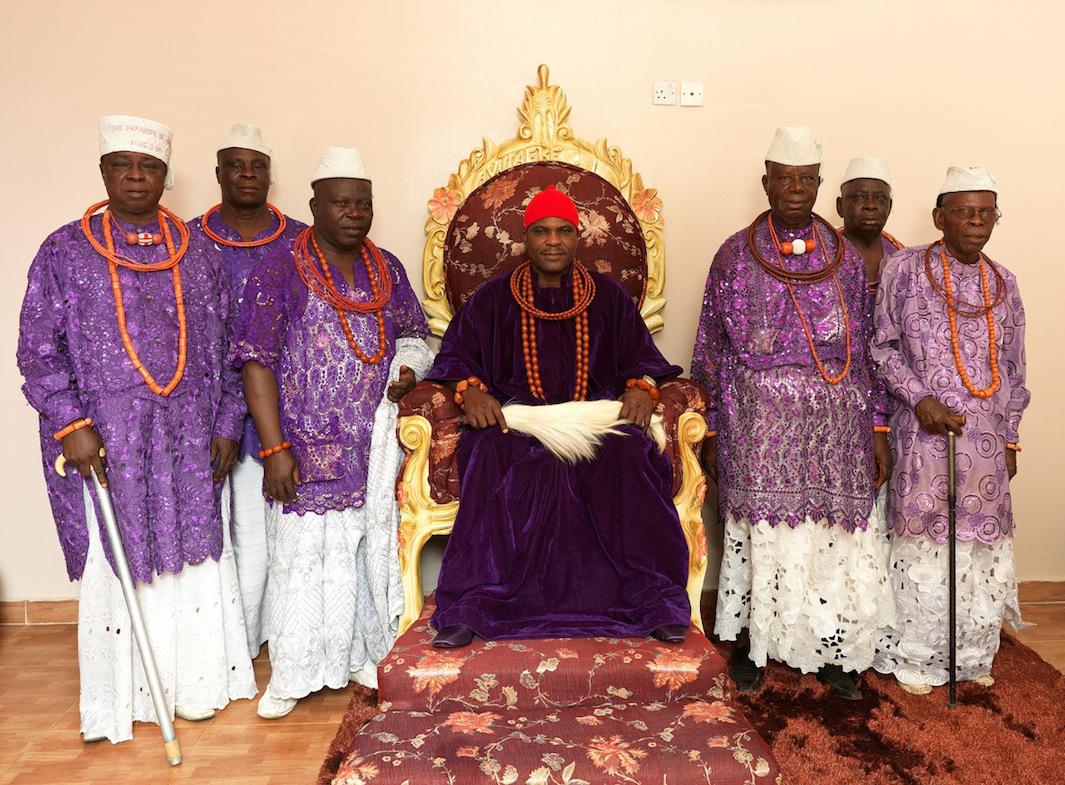
George Osodi

George Osodi
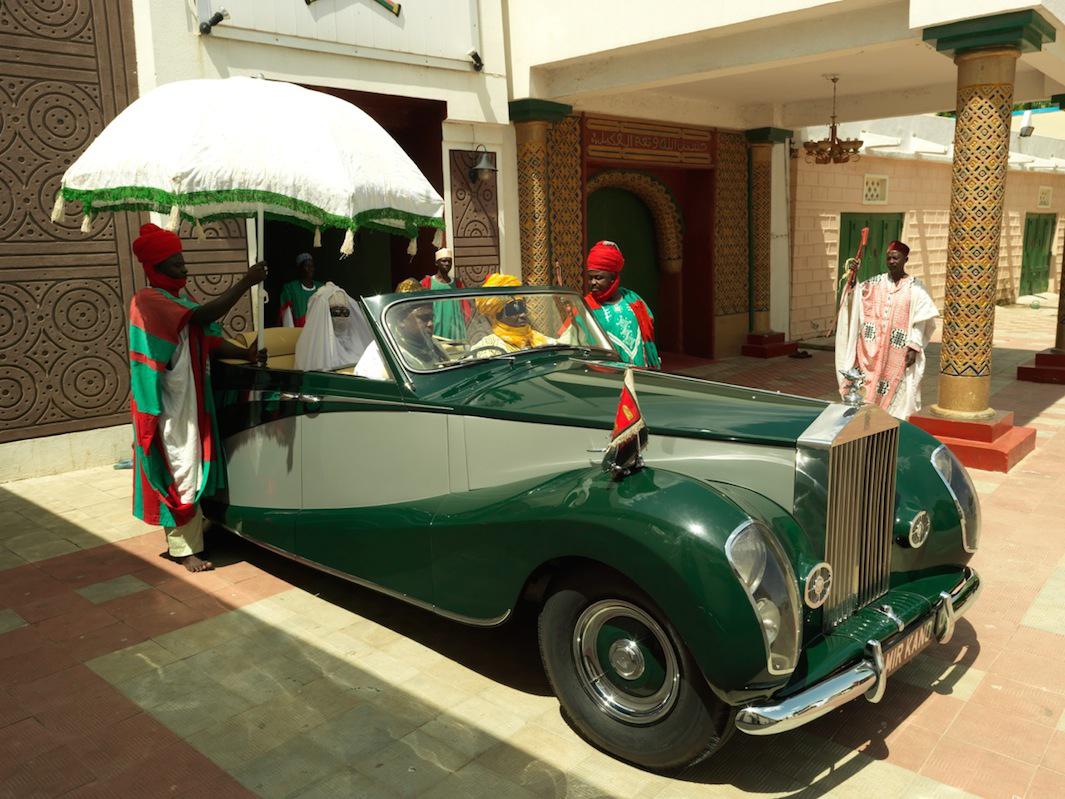
George Osodi
In his photos, Osodi places special attention to the fashions of the rulers—the red garments popular in the south, and the robes popular in the north—as well as the various architectural styles of their palaces, which have been influenced by Christianity and Islam, the country’s two dominant religions.
“We are living in a much more modern society today, and a lot of people have misplaced their cultural identity, especially because of technology and globalization,” he said. “I think it’s good to remind Nigerians who left the country and had the next generation born in foreign lands that you have a home, a place where you come from, and this is what it looks like.”
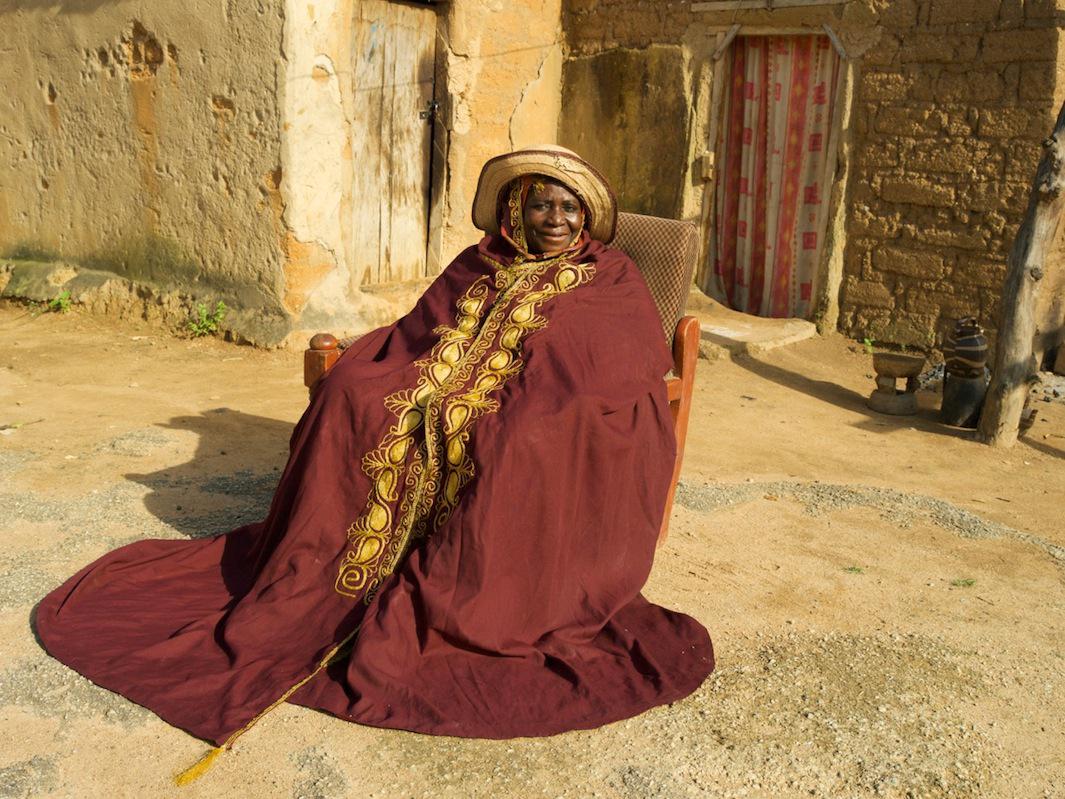
George Osodi
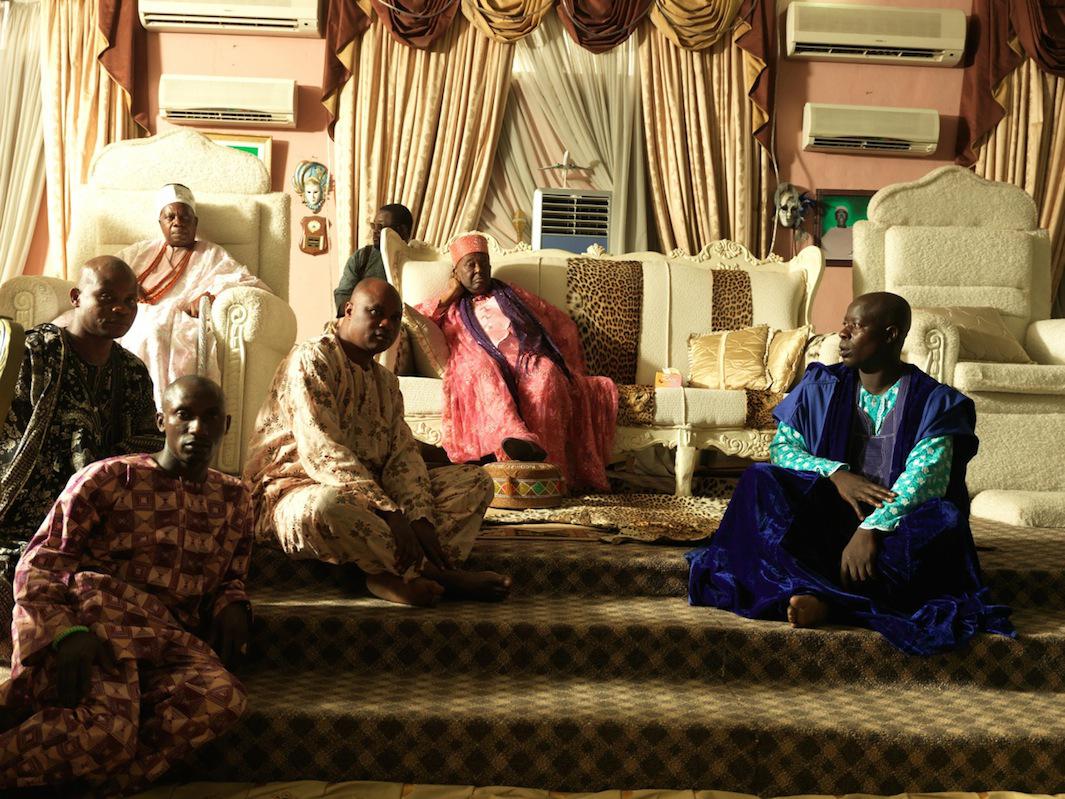
George Osodi
In order to photograph the rulers, Osodi wrote official letters to introduce himself and his project, but he didn’t always have the best results. For those he was finally able to photograph—including his mother’s king, His Royal Majesty Agbogidi Obi James Ikechukwu Anyasi II, Obi of Idumuje Unor—his aim was to portray them in a stately and dignified manner, the same way in which they were likely to see themselves.
“These kings, some of them have had ancestors who were kings in the early days of slavery. Some were kings in the early days of the Europeans capturing various kingdoms. Some were heavily humiliated, and they were photographed in ways that were dehumanizing by some of these captors in the early days of colonialism,” Osodi said. “I wanted to now show them in the modern day as true kings of the 21st century.”
The exhibition, “Royals and Regalia,” is on display at the Newark Museum from Feb. 25 through Aug. 9.
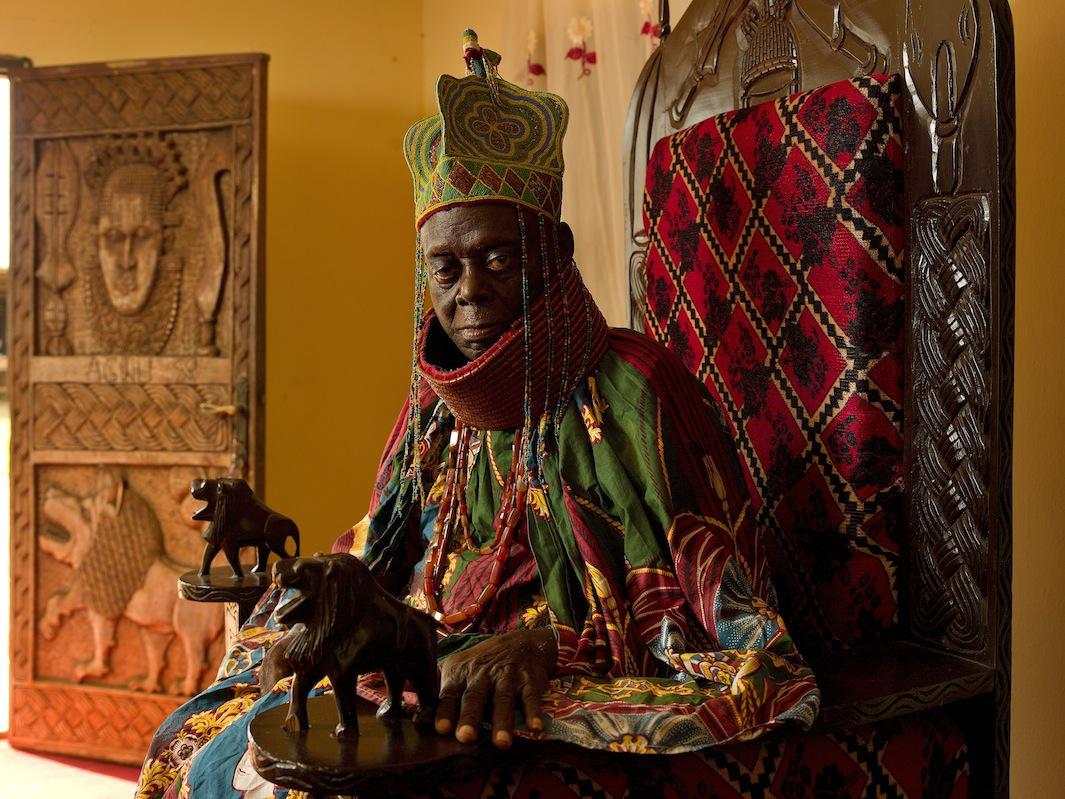
George Osodi
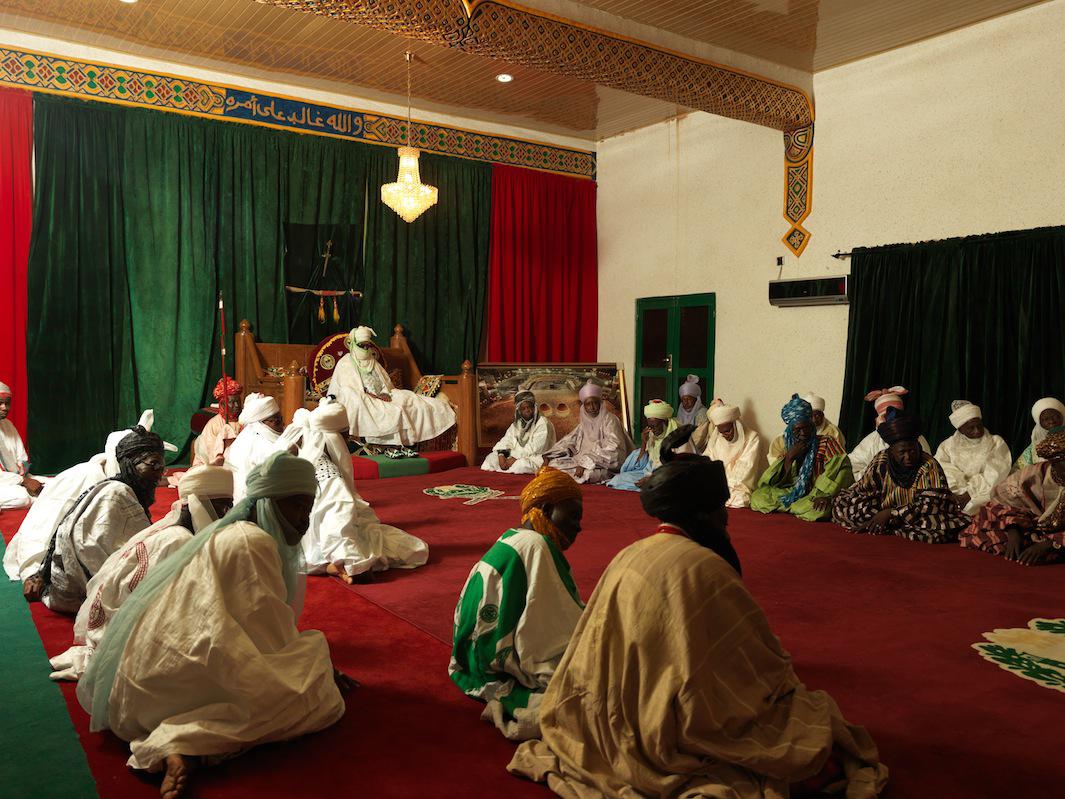
George Osodi
